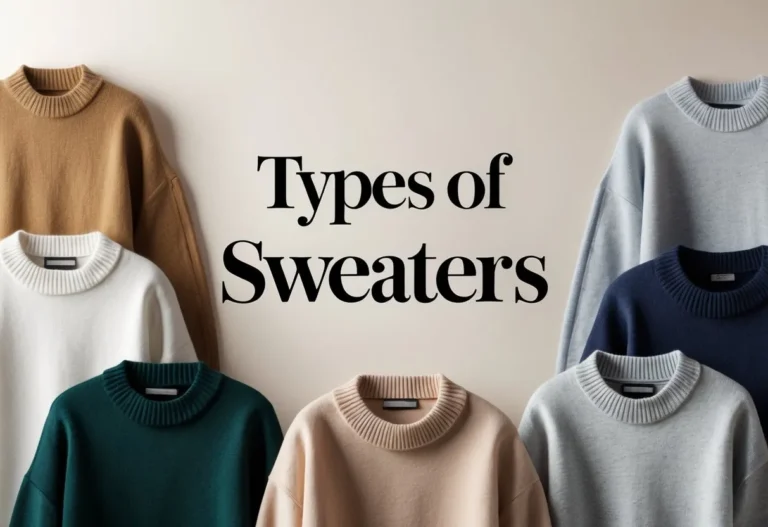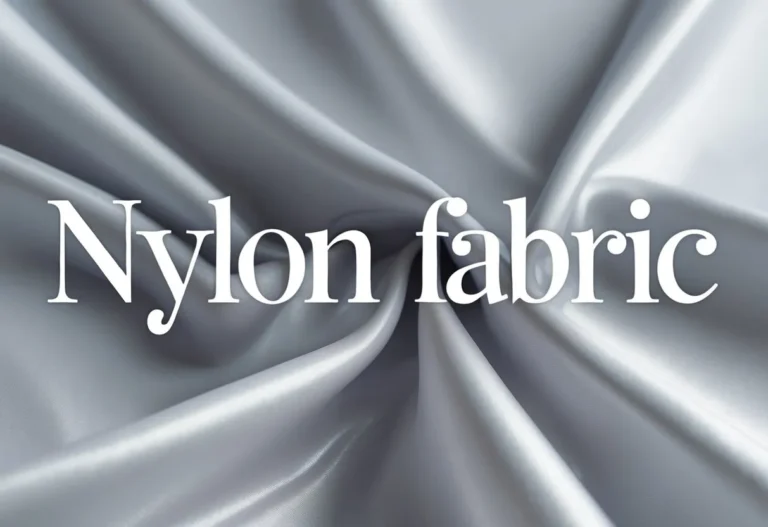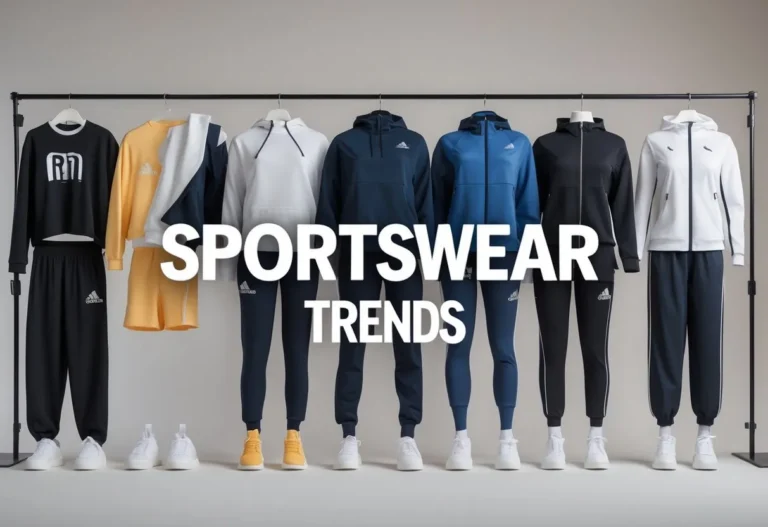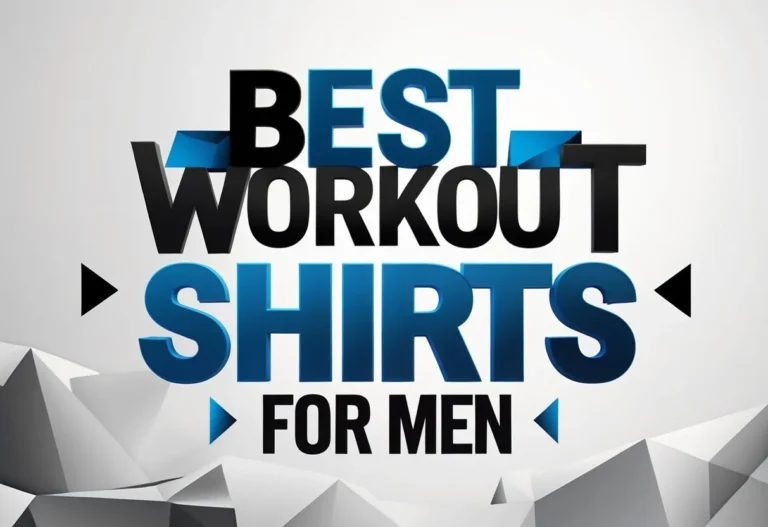Gym towels play an important role in maintaining hygiene and comfort during workouts. They help keep sweat off the body and equipment, creating a cleaner and more pleasant exercise environment. There are different types of gym towels designed for various purposes.

Understanding the different types of gym towels can help people choose the best one for their workout needs. Choosing the right towel can improve the experience by providing better absorbency, quick drying, and ease of use.
1) Microfiber Quick-Dry Towels

Microfiber quick-dry towels are a popular choice for gym users. They are made from synthetic fibers designed to absorb moisture efficiently.
These towels dry much faster than cotton ones. This helps reduce the chance of bacteria and odor buildup after workouts.
They are usually lightweight and compact, making them easy to carry in a gym bag. Many come in different colors and sizes to fit various needs.
Microfiber towels also wick sweat away from the skin during exercise. This keeps users feeling comfortable and dry throughout their workout.
Durability is another advantage. These towels often hold up well after repeated washing and use.
Because of their fast-drying and absorbent qualities, microfiber quick-dry towels suit people who train often or move between multiple workout sessions.
2) Cotton Gym Towels

Cotton gym towels are a common choice for many people. They are known for their softness and comfort against the skin.
These towels absorb sweat well, helping to keep users dry during workouts. Cotton is also durable, lasting through many washes without losing quality.
Cotton towels come in different sizes and thicknesses. Some are thin and light, while others are thick and plush, offering more cushioning.
They are easy to clean and can resist bleach, which helps with hygiene. Many gym users prefer them because they feel natural and breathable.
Cotton towels can also be used for wiping equipment or as shower towels in locker rooms. Their versatility makes them a practical option for gym goers.
3) Bamboo Fiber Towels

Bamboo fiber towels are known for their natural antibacterial properties. They help reduce the growth of bacteria, which can cause odors during workouts. This makes them a good choice for gym use.
These towels are very absorbent. They can wick away moisture faster than regular cotton towels. This helps keep the skin dry and comfortable during exercise.
Bamboo fiber is also soft and gentle on the skin. Many find it more comfortable than traditional towel materials. The fabric tends to dry quickly, which reduces the chance of mildew.
In addition, bamboo towels are eco-friendly. Bamboo grows quickly and requires less water, making it a more sustainable option. This appeals to people who want to reduce their environmental impact.
Durability is another benefit. Bamboo fiber towels tend to hold up well through many wash cycles. They often have reinforced edges to prevent fraying and extend their lifespan.
Because of these qualities, bamboo fiber towels are popular among athletes and fitness lovers. They are a practical option for those who want a towel that performs well and lasts.
4) Cooling Gym Towels

Cooling gym towels are designed to help lower body temperature during workouts. They work by absorbing water and releasing a cooling effect as the water evaporates. This process helps transfer heat away from the skin.
To use a cooling towel, it is usually soaked in cold water, wrung out, and then worn around the neck or wiped on the body. This can provide a refreshing feeling, especially during intense or long exercise sessions.
These towels are often made from lightweight, breathable materials that dry quickly. They are popular for outdoor workouts or hot gym environments.
Cooling towels do not require chemicals or refrigeration to work. Instead, their fabric technology enhances the natural cooling effect of evaporation. This makes them reusable and easy to carry.
Many people find cooling towels helpful for staying comfortable and regulating body temperature. However, the effect varies by towel quality and personal preference.
5) OlimpiaFit Quick Dry Towels

The OlimpiaFit Quick Dry Towels come in a set of three different sizes. This offers options for various gym needs, from wiping sweat to drying off after a workout or swim.
These towels are made from microfiber, which makes them lightweight and easy to pack. They dry much faster than regular towels, which helps prevent odor and dampness.
The compact design means they take up less space in a gym bag. Each towel can be used for a different purpose, such as a large towel for full-body drying and smaller ones for hands or face.
Their material is smooth and soft to the touch, yet very absorbent. The towels are also resistant to smells after drying, making them practical for frequent use.
Overall, the OlimpiaFit Quick Dry Towels offer a versatile and effective option for gym users who want fast drying and easy packing.
6) HERO Quick-Dry Microfiber Towel

The HERO Quick-Dry Microfiber Towel is designed for gym use and other activities like camping or beach trips. It measures 24 by 48 inches, offering a good size for drying off or wiping sweat during workouts.
This towel is made from microfiber, which helps it dry much faster than regular cotton towels. It absorbs moisture well but remains lightweight and compact, making it easy to carry in a gym bag.
It also includes a bonus 12 by 12 inch washcloth for added convenience and hygiene. The material feels soft on the skin and is gentle enough for sensitive skin types.
The HERO towel resists odors better than many traditional towels because it dries quickly. This feature helps maintain cleanliness during multiple uses in a day. Its simple design and practical features make it useful for both gym sessions and travel.
7) Compact Travel Gym Towels

Compact travel gym towels are designed to be lightweight and easy to carry. They fold into small sizes, making them perfect for people who need a towel on the go. These towels save space in bags and are great for workouts, travel, or outdoor activities.
They are usually made from microfiber, a material known for being soft, absorbent, and quick drying. This helps keep users dry without carrying a heavy or bulky towel. Many compact towels also resist odors, which is helpful after intense exercise.
These towels work well for wiping sweat or drying off after a shower. Some come in sets with different sizes for different needs, like wiping the face or covering the body. Their fast drying and compact nature make them a practical option for active people.
8) Large Locker Room Towels

Large locker room towels are designed for use after workouts and showers. They offer enough size to wrap around the body comfortably. This makes them ideal for drying off fully after swimming or showering at the gym.
These towels are usually made from cotton or cotton blends. Cotton provides softness and good absorbency. This helps gym users dry quickly while feeling comfortable on the skin.
Durability is important for large locker room towels. They need to withstand frequent washing without losing shape or softness. Many gyms choose towels that balance durability with a soft texture to keep users satisfied.
Because of their size, these towels can be bulky to carry. Some brands offer quick-dry options that are lighter and compact. This can make transporting them easier for gym members who bring their own towel.
9) Antimicrobial Treated Towels

Antimicrobial treated towels are designed to limit the growth of bacteria, fungi, and other microbes. This treatment helps keep the towel cleaner for longer, reducing odors caused by sweat and germs.
These towels often use materials like silver ions or special coatings to prevent microbes from multiplying. This makes them a good choice for people who work out frequently and want extra hygiene.
Using antimicrobial towels can help reduce the risk of skin irritation or infections. They also dry quickly and stay fresher between uses compared to regular towels.
They are popular among athletes and fitness enthusiasts who use shared gym equipment. Choosing an antimicrobial towel supports a cleaner workout environment overall.
10) Terry Cloth Cotton Towels

Terry cloth cotton towels are a common choice for gym use. They are made with a special looped weave that makes them soft and highly absorbent. This helps to quickly soak up sweat during workouts.
These towels are durable because they use 100% cotton, often ring-spun for extra strength. They feel comfortable against the skin and can handle frequent washing without losing quality.
Terry cloth towels come in various sizes and thicknesses. Larger ones work well for showering at the gym, while smaller towels are good for wiping sweat from the face and hands.
Some gym towels use triple-sheared terry, which means they have a tighter weave. This adds softness and improves absorbency. It also helps the towel dry faster after use.
Overall, terry cloth cotton towels balance comfort, absorbency, and durability. These qualities make them a reliable option for people who need a practical towel for fitness activities.
Key Features of Different Gym Towels

Gym towels differ mainly in how well they absorb sweat, how they handle hygiene, and how long they last. These features affect comfort, cleanliness, and how often the towel needs to be replaced.
Absorbency and Material Quality
Absorbency is crucial in a gym towel. Towels made from microfiber quickly soak up sweat and dry fast, making them ideal for intense workouts. Cotton towels absorb well but take longer to dry, which can lead to dampness after use.
Material quality affects feel and performance. Microfiber is soft and lightweight but can sometimes trap odors if not cleaned properly. Cotton is thicker and softer but often bulkier. Some gym towels combine materials to balance absorbency and comfort.
Sizes vary too. Smaller towels are easy to carry and quick to dry, while larger towels cover more surface for wiping machines or shower use.
Hygiene and Odor Control
Hygiene is essential for gym towels due to sweat and bacteria exposure. Towels that dry quickly help reduce bacteria growth, preventing bad smells and skin irritation. Antimicrobial-treated towels offer extra protection but may cost more.
It’s important to wash towels after each use using hot water and a good detergent. Avoid fabric softeners as they reduce absorbency. Some towels are designed to resist odors, making them better for multiple workouts between washes.
Personal towels reduce risk of spreading germs compared to shared gym towels, supporting better hygiene.
Durability and Washing Recommendations
Durability depends on the fabric type and how often the towel is washed. Microfiber towels last longer if washed gently and hung to dry. Cotton towels can fade and wear out faster after many washes.
Washing instructions usually recommend cold or warm water. Avoid bleach and fabric softeners to keep fibers intact. Towels that dry fast are less likely to develop mildew or damage from over-washing.
Proper care extends towel life and keeps it performing well for sweat absorption and comfort.
Choosing the Right Gym Towel for Your Workout

Choosing a gym towel depends on material, size, and how it will be used during workouts. Selecting the right one helps keep sweat in check, maintain hygiene, and fit easily in a gym bag.
Factors Influencing Towel Selection
Material plays a key role. Microfiber towels dry quickly and absorb sweat well. Cotton blends provide softness but might take longer to dry. Durability matters, especially for heavy use.
Size depends on workout style. Smaller towels suit wiping sweat from the face and neck. Larger towels handle post-workout showers or covering gym benches. Weight is important; lightweight towels are easier to carry and dry faster.
Absorbency affects comfort. Towels that soak up sweat quickly prevent wet, sticky skin. Some towels resist bacteria or odor, which can improve hygiene during back-to-back workouts.
Usage Scenarios and Recommendations
For cardio or high-sweat workouts, a quick-drying microfiber towel is best. It manages moisture and fits easily in a bag.
Strength training and equipment cleaning need a medium-sized towel that is durable and absorbent. It helps keep machines clean and handles heavy sweat.
For shower use after a workout, larger and softer towels offer comfort. Cotton blends are usually better for drying off.
Choosing towels by activity and preference ensures better hygiene and workout comfort.
Frequently Asked Questions
Gym towels vary mainly by material, size, and cleaning method. Choosing the right towel affects how well it absorbs sweat, dries quickly, and stays hygienic. Proper care and replacement also play key roles in keeping gym towels fresh and safe to use.
What are the best materials for gym towels in terms of absorbency and durability?
Microfiber towels are highly absorbent and dry fast, making them popular for workouts. Cotton towels absorb well but take longer to dry and may wear down faster with frequent washing. Bamboo fiber towels offer softness and natural antibacterial qualities, combining durability with good absorbency.
How should gym towels be properly sanitized to prevent the spread of germs?
Gym towels need washing in hot water (at least 140°F or 60°C) to kill bacteria. Using a detergent with disinfecting properties or adding vinegar can help sanitize them. Towels should be dried completely before reuse to avoid mold and bacteria buildup.
What sizes of towels are most convenient for gym use?
Gym towels usually come in small hand towel size (about 16×28 inches) which works well for wiping sweat and equipment. Larger bath towel sizes (around 27×54 inches) offer more coverage but can be bulky to carry. Washcloth-sized towels (roughly 13×13 inches) are less common but useful for quick sweat wipes.
How do antimicrobial gym towels work, and are they effective?
Antimicrobial towels have special treatments or fibers that resist bacteria growth. This helps reduce odor and germs between washings. They can be effective for slowing bacteria but still require regular washing for full hygiene.
What is the difference between microfiber and cotton gym towels?
Microfiber towels use synthetic fibers that absorb water quickly and dry in minutes. Cotton towels absorb water well but stay wet longer and need more time to dry. Microfiber is lighter and often more compact, while cotton feels softer but can develop mildew if not dried properly.
How often should gym towels be replaced for optimal hygiene?
Towels used regularly should be replaced every 6 to 12 months depending on usage and care. Frequent washing and visible wear signs, like fraying or odor that doesn’t go away, are signs it’s time for a new towel. Regular replacement helps prevent bacteria buildup and maintain comfort.






